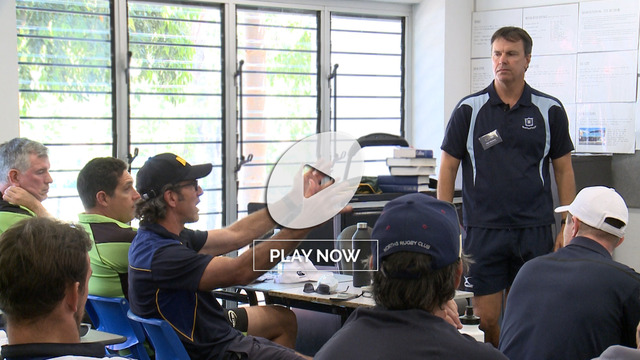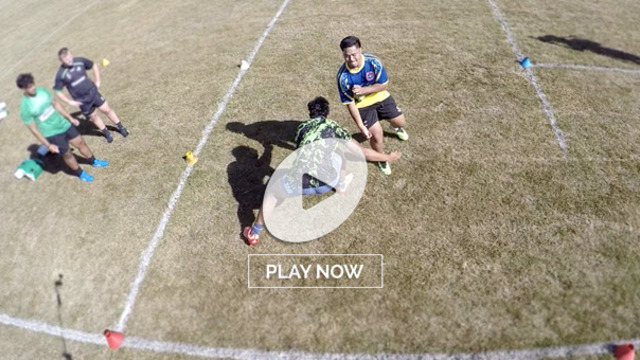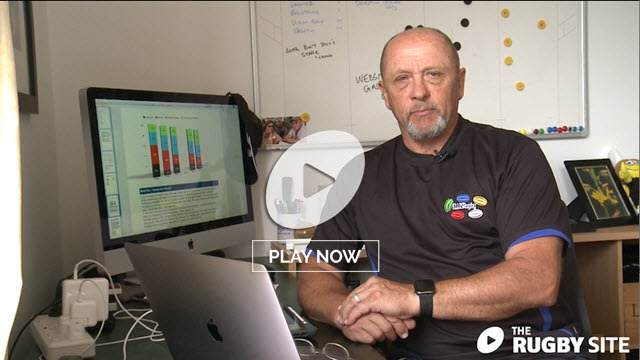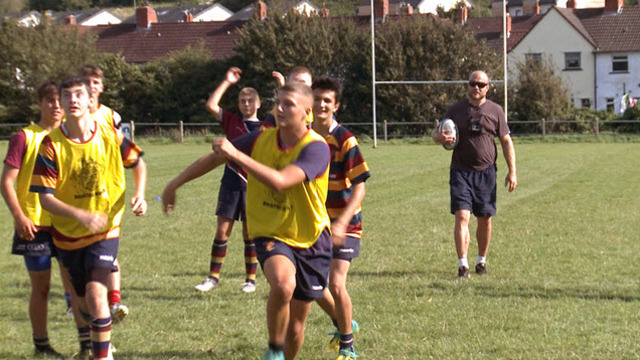One of the biggest talking points in contemporary professional rugby coaching is ‘how to get best use out of an eight-man bench?’ The fires for that discussion were first lit by South African supremo Rassie Erasmus’ switch to a 6-2 bench split [six forwards, two backs] in 2019. They were stoked further by his move to a 7-1 in the pre-World Cup warm-up against the All Blacks at Twickenham in 2023.
As Rassie explained,
“I was always frustrated when I sat with a reserve back-line player and there’s five minutes to go and he didn’t get game time.
“It is a waste of a position, waiting for an injury.
“[So] I started counting the number of matches we played and never used the last replacement.
“Then I said: ‘Why don’t we go six-two? We don’t use the other back, but we will use the other forwards.’
“If I didn’t try it and we lost, I would never have forgiven myself.”
More recently, France adopted the 7-1 in the last three rounds of the Six Nations, winning the last half-hour of their matches versus Italy, Ireland and Scotland rampantly, by a combined score of 70-24.
The 7-1 is admirably suited to nations like France and South Africa, who tend to produce outsized, set-piece based brutes in the tight five – men who are very powerful, but whose work-rate drops off after 50 minutes on the field.
For everyone else, they could do worse than follow the model England embraced in their final match versus Wales. England used the 6-2 but packed their bench with three back-row forwards. By the 48th minute there were six back-rowers on the field, including four natural number 7’s.
Starting number 8 Ben Earl had shifted to second five-eighth, and flanker Chandler Cunningham-Smith was manning the second row with skipper Maro Itoje, who has also started for England in the #6 jersey. There were three other open-sides in the back-row: the Curry Twins – Ben and Tom, plus young Northampton sensation Henry Pollock.
In those last 32 minutes, England scored 35 points and ran Wales off the field. The six back-rowers between them carried for double the metres, made twice as many decisive contributions [breaks/busts/assists/tries], and had more breakdown steals and lineout wins than the eight tight forwards put together.
The impact of multiple back-row hybrids was nowhere more pointed than in the final scoring sequence:
First Ben Earl performs the #12 role, carrying deep into the Welsh half from a scrum, with replacement #8 Tom Willis and Pollock attending the first cleanout. Earl and Cunningham-South combine on the next play, before Willis offloads to Itoje and Cunningham-South applies the final flourish.
Summary
There is more than one way to skin a cat, and some creative new imaginings of the bench are coming to the fore. You can double down on tight-forward power with a 7-1 split, but you can also develop your athleticism and speed with an emphasis on multiple number sevens. ‘You pays your money, and you takes your choice.’






















